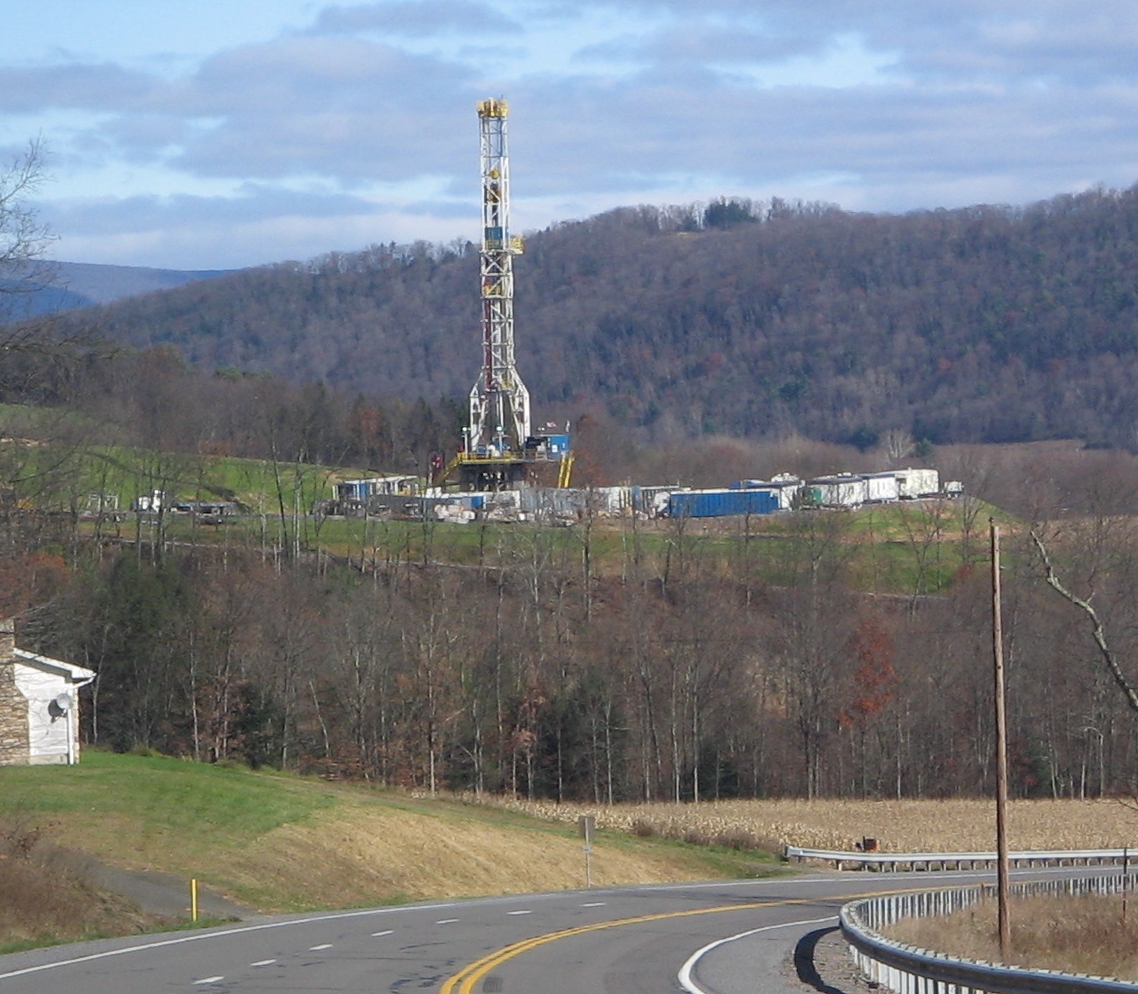
Shale Gas Regulation
By now, it has become a widely accepted axiom that advances in hydraulic fracturing and horizontal drilling are “revolutionizing” the U.S. energy landscape. In a few short years, the U.S. went from fears of natural gas scarcity, including big plans to build LNG import capacity, to a world where natural gas sells for bargain-basement prices, hovering around $2.80 per million Btu. Now, the debate surrounds what to do with the bounty. Some want the glut of natural gas to underpin a manufacturing renaissance. Others want to use it in our auto fleet. And still others want to export it to markets abroad. This debate seems a little misplaced, especially since we will almost certainly do a little of all three, as the most recent edition of The Economist explores in a special report.
But, operating off of the assumption that the natural gas revolution is real and will last for the foreseeable future, the more critical question is how to do it in a responsible, safe, and environmentally benign manner.
There is no shortage of controversy surrounding the contamination of groundwater due to hydraulic fracturing (“fracking”). But, there is room between industry critics who want an outright ban on fracking, and industry advocates who want to avoid regulations and protect “proprietary” information about the use of chemicals.
Two publications this week offered insight into the regulatory regime needed to get the rules “right,” so that natural gas production can proceed without harming the local environment or communities. The Natural Resources Defense Council (NRDC) released a fact sheet with recommendations on improving fracking operations, and although NRDC does not support fracking, the publication is intended to offer best practices. This includes siting, chemical disclosure, wastewater handling, and well casing to prevent gas migration into groundwater, to name a few.
On the regulation side, Resources For the Future (RFF) published a review of state-level regulations on shale gas production. It was a bit surprising that considering all the controversy that shale gas production has received, states with high activity (Pennsylvania, Texas), largely had regulations in place. Whether or not the regulations are effective or adequate, the study does not address, but at a minimum, the regulatory framework exists in many states.
One broader concern is the effect of the shale gas revolution on climate change. Insofar as higher natural gas production has displaced coal-fired generation in the electric power sector, the shale gas revolution has been a great thing for mitigating greenhouse gas emissions. In fact, greenhouse gas emissions in the U.S. have fallen 7.7% since 2006. While that figure incorporates lower energy consumption due to the weak economy, emissions still fell 1.7% in 2011 from the year before. This is due to the rapid switch of coal to natural gas in power generation.
However, a Cornell study published last year dampened the environmental enthusiasm around shale gas. The study found that up to 8% of the gas during shale gas production escaped into the air. Methane is a highly potent greenhouse gas (much more so than carbon dioxide), so the effects on the climate could not only be worse than conventional gas, but potentially worse than oil or coal. In response, another study (also from Cornell) contradicted the 8% figure, arguing that the analysis was flawed.
Since shale gas activity is moving full-steam ahead, and we may not be able to put that genie back into the bottle, it is essential that the rules addressing not only groundwater contamination, but fugitive methane emissions, are strongly written. Most of these elements should be addressed at the state level. But, since these two activities presumably fall under the Clean Water Act and the Clean Air Act, respectively, the federal government has a key role to play.
The EPA is currently studying the effects of fracking on groundwater, with a report due out by the end of the year. And in April, the EPA finalized rules on air emissions from shale gas wells, and while they addresses pollutants other than methane, will significantly reduce methane emissions. Affected operators have until January 1, 2015 to comply.
Although the recent development of shale gas has brought a variety of benefits, it has presented us with new problems. But, if done right, natural gas could reduce emissions in the short-term while we transition to cleaner technologies.







[…] Shale Gas Regulation […]